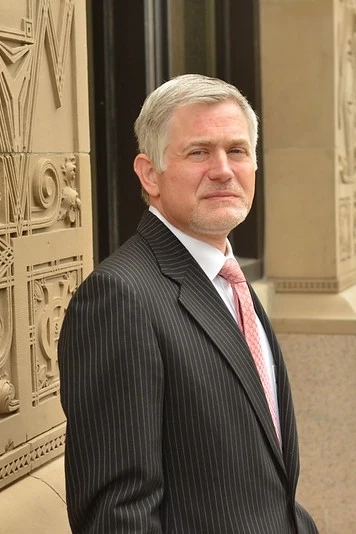Rural and suburban counties in Minnesota are trying to deal with a criminal law conundrum; the question of how to deal with the cost of an abundance of unused jail spaces. Multiple counties have built new facilities or upgraded old facilities to increase jail capacity while the overall crime rate has declined. Criminal experts and criminal defense experts are not sure what has caused the decline in the crime rate. Regardless, the resulting circumstance is an oversupply of spaces at a time when there is less demand.
At the moment, as many as 3,000 jail cells in Minnesota sit empty. As the county administrator from Goodhue County put it, the situation is good from a criminal standpoint but difficult from a financial perspective. At the beginning of the last decade many suburban and rural counties in Minnesota increased their jail cell space under the belief that older jails from the previous century needed to be upgraded and under the belief that some extra space could be used as a source of revenue. The frenzy of improved and new jail space created 2,000 new beds since 2003. Accepting the lack of need today, many counties are looking to share costs.
Usually the costs of health care and food diminish as the number of prisoners decrease but costs for maintenance and utilities remain. In addition, the amount of revenue produced by inmates is also decreased by commissary purchases and work release programs. In counties where there are few women prisoners, the expense of maintaining specialized spaces and staff is also burdensome. Therefore counties are pondering the creation of regional facilities to concentrate individually under utilized infrastructure as well as the use of joint contracts to save on other expenses.
Source: Star Tribune, “3,000 Minnesota jail cells sit empty,” Katie Humphrey and David Peterson, 6/5/11






